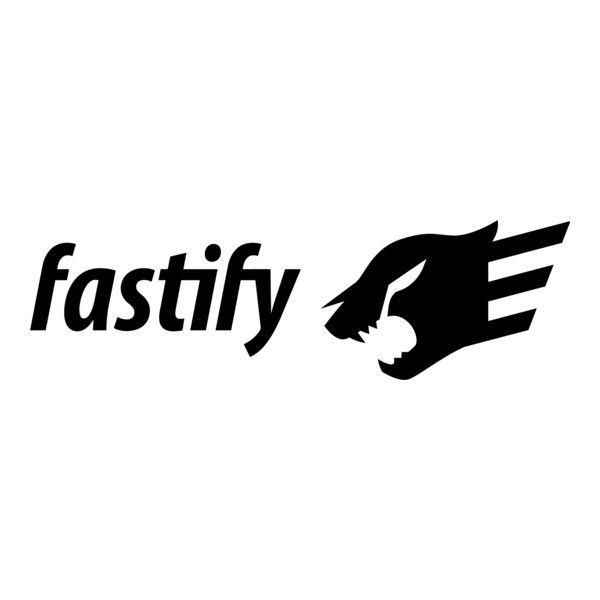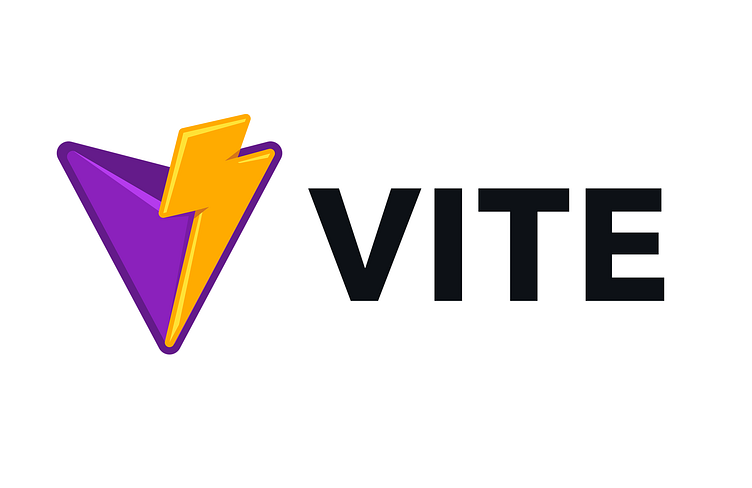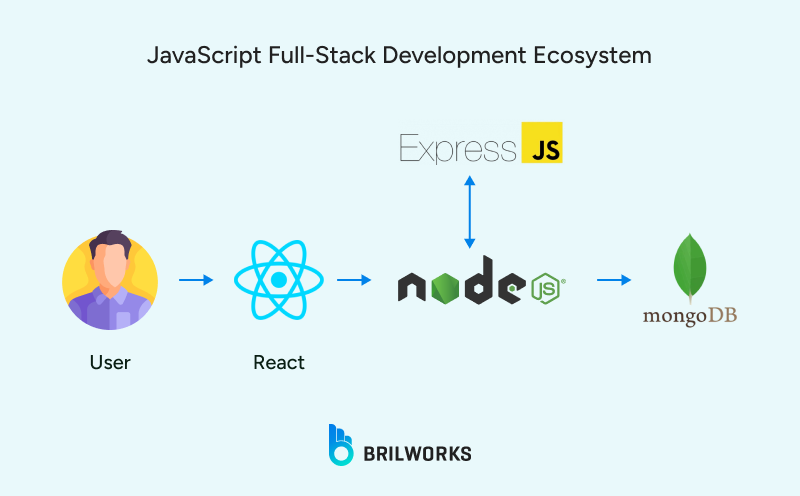The JavaScript ecosystem is in a constant state of evolution. For years, the dominant paradigm for web development involved a distinct separation between backend APIs, often built with Node.js frameworks like Express.js or Koa, and frontend applications created with libraries such as React, Vue.js, or Svelte. While powerful, this separation often introduced complexity in build tooling, environment management, and data fetching strategies. Inspired by the integrated experience of frameworks like Next.js and Nuxt.js, a new architectural pattern is emerging, one that promises to unify the development experience without sacrificing performance. This new wave combines the raw speed and efficiency of the Fastify backend framework with the lightning-fast, modern tooling of Vite. This fusion is creating a powerful new class of full-stack frameworks, offering a cohesive and highly productive environment for building modern web applications. This article provides a deep dive into this exciting development, exploring the core concepts, practical implementation, and advanced techniques that define this next-generation stack. It’s a significant piece of Fastify News and Vite News that developers should be watching closely.
Why Fastify and Vite? The Perfect Match
To understand the power of this combination, it’s essential to appreciate the individual strengths of Fastify and Vite. They are not just random choices; their philosophies and technical capabilities are remarkably complementary, creating a synergy that addresses many pain points in modern web development.
Fastify: Performance and Extensibility at the Core
While Express.js News has long dominated the Node.js landscape, Fastify has rapidly gained popularity for its laser focus on performance and developer experience. It achieves its speed through intelligent architectural choices, such as using a schema-based approach for route validation and serialization. By defining JSON schemas for your routes, Fastify can pre-compile validation functions and optimize JSON serialization, significantly reducing overhead compared to other frameworks like Koa or Hapi.js. This makes it an ideal foundation for high-throughput APIs. Furthermore, its extensive plugin ecosystem, which includes integrations for everything from authentication to database connectors, allows for robust and scalable application architecture. For developers tracking Node.js News, Fastify represents a major leap forward in backend efficiency.
// A basic Fastify server demonstrating schema-based routing
import Fastify from 'fastify';
const fastify = Fastify({
logger: true
});
const userSchema = {
body: {
type: 'object',
required: ['name', 'email'],
properties: {
name: { type: 'string' },
email: { type: 'string', format: 'email' }
}
}
};
fastify.post('/users', { schema: userSchema }, async (request, reply) => {
// The request.body is already validated against the schema
const { name, email } = request.body;
// Logic to create a user...
return { success: true, user: { name, email } };
});
const start = async () => {
try {
await fastify.listen({ port: 3000 });
} catch (err) {
fastify.log.error(err);
process.exit(1);
}
};
start();Vite: The Modern Frontend Tooling Revolution
On the frontend, the build tool landscape has seen a dramatic shift. While tools like Webpack and Rollup are incredibly powerful, their bundle-based approach can lead to slow server start times and sluggish updates during development. Vite reimagined this process by leveraging native ES modules (ESM) in the browser. During development, Vite serves files on demand, resulting in a near-instant server start and incredibly fast Hot Module Replacement (HMR). This creates a fluid and responsive developer experience that is hard to give up once you’ve tried it. For production, Vite uses Rollup under the hood to create a highly optimized and tree-shaken bundle. This blend of development speed and production optimization is a key piece of Vite News, setting it apart from older tools like Parcel or Snowpack.
Practical Implementation: A Hands-On Guide
Combining Fastify and Vite in a single project allows for a streamlined workflow where backend and frontend code can live in harmony. Let’s walk through building a simple feature to see how these pieces connect in a real-world scenario.

Project Structure and Setup
A typical project might be structured to clearly separate concerns while allowing for easy interaction. The Fastify server acts as the main entry point, serving API routes and, in development, proxying requests to the Vite dev server for frontend assets. In production, the same Fastify server will serve the static assets built by Vite.
Creating an API Endpoint in Fastify
Let’s create a simple API endpoint that returns a list of articles. This route will live within our Fastify application and can be called by our frontend. Using Fastify’s schema capabilities ensures our API is robust and self-documenting.
// File: src/api/articles.js
// A Fastify plugin defining an API route for articles
export default async function (fastify, opts) {
const articles = [
{ id: 1, title: 'React News Today', content: '...' },
{ id: 2, title: 'Latest in Vue.js News', content: '...' },
{ id: 3, title: 'Exploring Svelte News', content: '...' },
];
const getArticlesSchema = {
response: {
200: {
type: 'array',
items: {
type: 'object',
properties: {
id: { type: 'number' },
title: { type: 'string' },
}
}
}
}
};
fastify.get('/api/articles', { schema: getArticlesSchema }, async (request, reply) => {
// In a real app, this would fetch from a database
return articles.map(({ id, title }) => ({ id, title }));
});
}Consuming Data in a Frontend Component
Now, let’s create a React component that fetches data from this API endpoint. This component is part of the Vite-managed frontend code. Because the API and the frontend are served from the same origin, we don’t have to worry about CORS issues. This seamless integration is a major benefit over separated architectures. The same principle applies whether you’re following React News, Angular News, or SolidJS News.
// File: src/components/ArticleList.jsx
import React, { useState, useEffect } from 'react';
function ArticleList() {
const [articles, setArticles] = useState([]);
const [loading, setLoading] = useState(true);
useEffect(() => {
async function fetchArticles() {
try {
const response = await fetch('/api/articles');
const data = await response.json();
setArticles(data);
} catch (error) {
console.error('Failed to fetch articles:', error);
} finally {
setLoading(false);
}
}
fetchArticles();
}, []);
if (loading) {
return <div>Loading articles...</div>;
}
return (
<div>
<h1>Latest Articles</h1>
<ul>
{articles.map(article => (
<li key={article.id}>{article.title}</li>
))}
</ul>
</div>
);
}
export default ArticleList;Advanced Capabilities: SSR, File-Based Routing, and Data Loading
The true power of a full-stack framework is unlocked with advanced features like Server-Side Rendering (SSR). This is where the integration between Fastify and Vite becomes deeply intertwined, enabling performance and SEO benefits that are difficult to achieve with a traditional SPA architecture.
The Power of File-Based Routing
Modern frameworks like Next.js and Remix have popularized file-based routing, where the file system structure dictates the application’s routes. For example, a file at src/pages/about.jsx automatically maps to the /about URL. This convention-over-configuration approach simplifies route management. A Vite-powered Fastify framework can implement this by having a special Fastify plugin that scans a pages directory on startup and dynamically registers the necessary server-side routes to handle rendering.

Implementing Server-Side Rendering (SSR)
With SSR, the server renders the initial HTML for a page request, sending a fully-formed document to the browser. This improves perceived performance and is crucial for SEO. Vite provides a powerful SSR API that makes this possible. The Fastify server can use Vite’s render function to execute the frontend component code in Node.js, generate the HTML, and inject it into a template. This is a hot topic in Remix News and a core feature of frameworks like RedwoodJS and Blitz.js.
// A simplified SSR handler in a Fastify route
// Note: This requires a configured Vite server instance.
import { renderToString } from 'react-dom/server';
import App from '../src/App'; // Your root React component
// This route would be dynamically created for each page
fastify.get('/', async (request, reply) => {
// 1. In development, use Vite's dev server. In prod, use pre-built modules.
// This logic is typically abstracted by the framework.
const vite = request.vite; // Assuming Vite middleware is attached
// 2. Load the server-side entry point
const { render } = await vite.ssrLoadModule('/src/entry-server.jsx');
// 3. Render the component to an HTML string, potentially passing data
const { appHtml, pageData } = await render(request.url);
// 4. Get the HTML template from Vite
let html = await vite.transformIndexHtml(request.url, `<!--ssr-outlet-->`);
// 5. Inject the rendered app HTML and data
html = html.replace(`<!--ssr-outlet-->`, appHtml);
html = html.replace(
`</body>`,
`<script>window.__INITIAL_DATA__ = ${JSON.stringify(pageData)}</script></body>`
);
reply.type('text/html').send(html);
});This example showcases the flow: Fastify intercepts the request, uses Vite’s APIs to process the server-side component code, renders it to HTML, and sends the complete page to the client for hydration. This is far more complex than a simple API, but it’s the key to building high-performance, modern web applications.
Best Practices and Ecosystem Integration
Building a robust application requires more than just a server and a renderer. It involves a cohesive ecosystem of tools for testing, linting, and deployment that all work together seamlessly.
Testing Your Full-Stack Application

A modern testing strategy is crucial. The latest Vitest News highlights its rise as a fantastic unit and component testing framework that integrates perfectly with Vite, offering a Jest-compatible API with incredible speed. For end-to-end testing, tools like Cypress and Playwright are essential. They allow you to write tests that simulate real user interactions, verifying that your entire stack—from the React components to the Fastify API endpoints—works correctly. This comprehensive testing approach, covering everything from individual functions to full user flows, is a hallmark of professional development. Keeping up with Cypress News and Playwright News ensures you’re using the most effective testing patterns.
Tooling and Deployment
A high-quality developer experience relies on a solid tooling chain. Tools like ESLint and Prettier for code quality, and first-class TypeScript support are non-negotiable in modern projects. The rise of faster transpilers, as seen in SWC News and Babel News, is also a key part of this ecosystem. When it comes to deployment, the unified server process simplifies things greatly. You build your frontend assets with vite build, and then your production command starts the Fastify server. This single Node.js process can be easily containerized with Docker and deployed to any cloud provider, or hosted on modern platforms like Vercel, Render, or Netlify, which have excellent support for Node.js servers.
Conclusion: The Future is Integrated
The convergence of high-performance backends like Fastify and next-generation frontend tooling like Vite marks a significant step forward in full-stack JavaScript development. This architectural pattern offers a compelling blend of raw performance, developer productivity, and architectural simplicity. It takes the best ideas from the integrated framework world—such as SSR, file-based routing, and co-located data fetching—and combines them with the flexibility and speed of best-in-class, standalone tools. For developers building anything from content-heavy sites to complex interactive applications, this new wave of Vite-powered Fastify frameworks provides a powerful, modern, and efficient foundation. As the JavaScript world continues to evolve, keeping an eye on developments in the Fastify News and Vite News cycles will be key to staying ahead of the curve and building the best possible web experiences.

